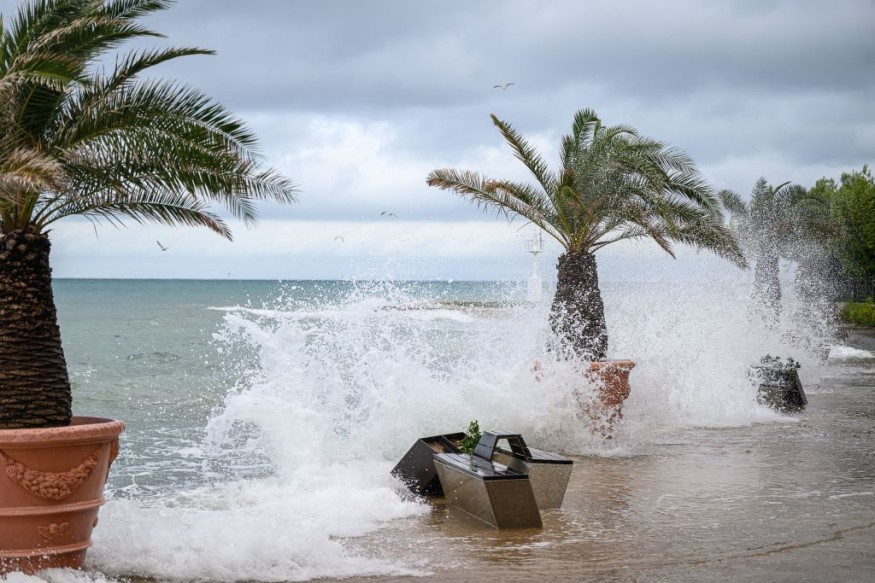Researchers raised concerns about the sea-level rise from 2014 to 2016. The new report explained that El Nino events contributed to the rapid rise exacerbated by climate change.
Sea-level rise study is important to anticipate the potential impacts on cities and communities. Monitoring is also crucial to indicate the effects of El Nino events and climate change.
Climate change causes significant threats. It can intensify global extreme weather events, including hurricanes, storms, wildfires and heatwaves.
During storms, people can expect rounds of heavy rainfall, causing flooding and flash flood threats.
In addition, global warming has caused the ice melting that contributed to the sea-level rise exacerbated by human-induced climate change.
As a result, the emission reduction will help mitigate rapid melting.
El Nino Phenomenon, Climate Change Increase Sea-Level Rise

Significant sea-level rise can affect communities.
Low-lying or flood-prone areas can likely become submerged in water in the future. Geophysical Research Letters journal published the research.
Researchers studied the effects of El Nino events on the substantial sea-level rise from 2014 to 2016. El Nino phenomenon plays a crucial role in the weather.
In the Southeastern US, wetter conditions and flooding can be possible.
In the span of 2014 to 2016, the global mean sea level managed to rise by 15 mm. With advanced analysis, the researchers assessed sea levels. They observed the satellite data and ocean censors.
As a result, the researchers suggested that consecutive El Nino events contributed to the problems of sea-level rise. The rise, which was double the expectation, raised concerns.
The El Nino event's influence on the weather led to more rainfall conditions in the Pacific Ocean, causing a substantial sea-level rise.
Threats of Sea-Level Rise to Mangroves and Tidal Marshes
Increasing global temperatures have been blamed on the rapid sea-level rise.
In recent reports, researchers analyzed the glacial period about 10,000 years ago to better understand the problems of sea rising. The research findings were published in Nature journal.
With the rising seawater, it can pose a significant threat to mangroves and tidal marshes. The widespread retreat of coastal habitats can affect nearby communities and animals.
For instance, the mangroves help to improve the water quality and biodiversity.
In addition, coastal habitats also protect communities from floods and other extreme weather events. The rising sea level can affect the survival of said habitats.
As a result, monitoring global warming, climate change and El Nino is important to predict the effects on marine ecosystems.
Related Article : Rapid Sea Level Rise Threatens Mangroves, Tidal Marshes Due to Increasing Global Temperatures
For more similar stories, don't forget to follow Nature World News.
© 2025 NatureWorldNews.com All rights reserved. Do not reproduce without permission.





